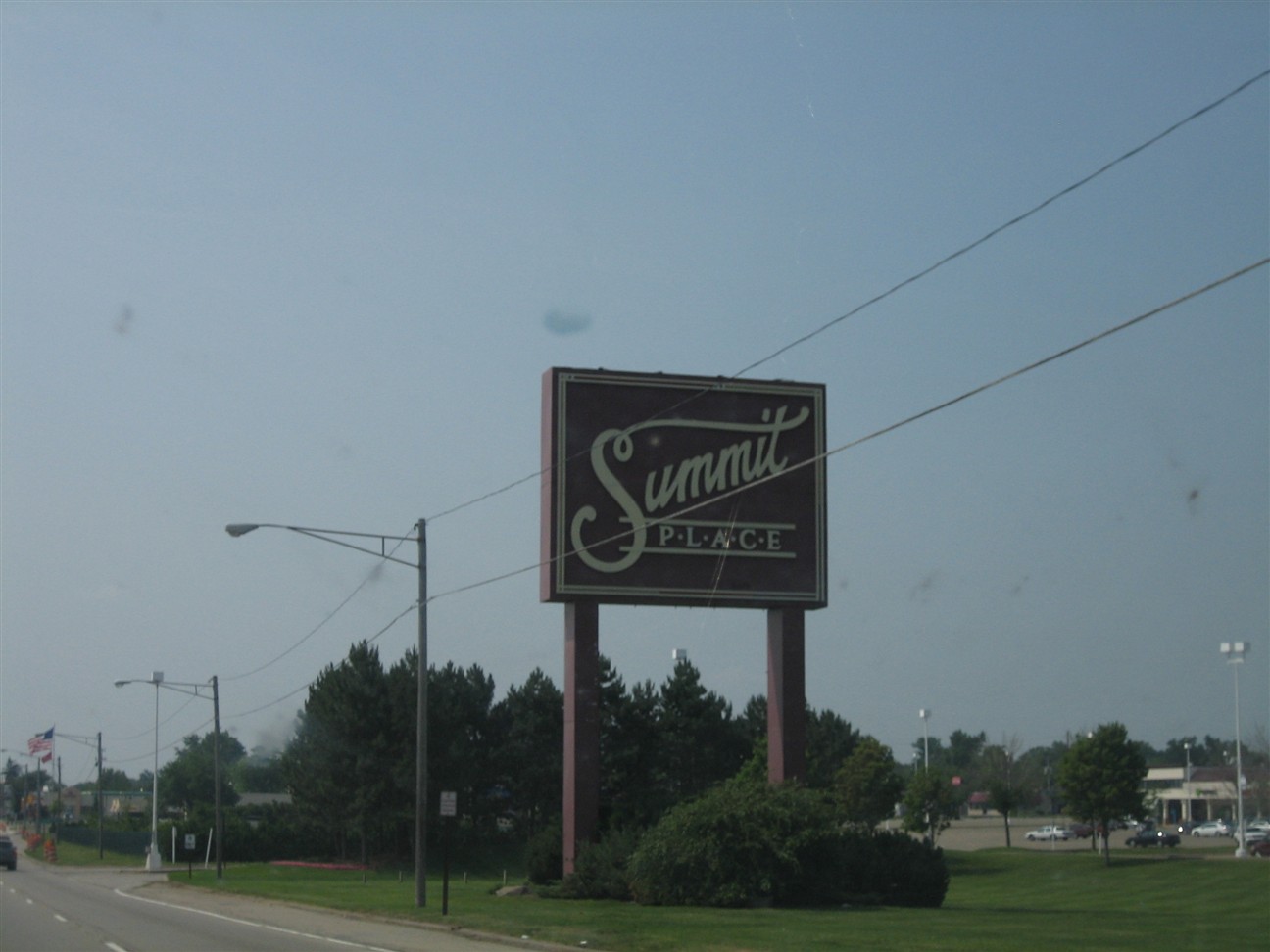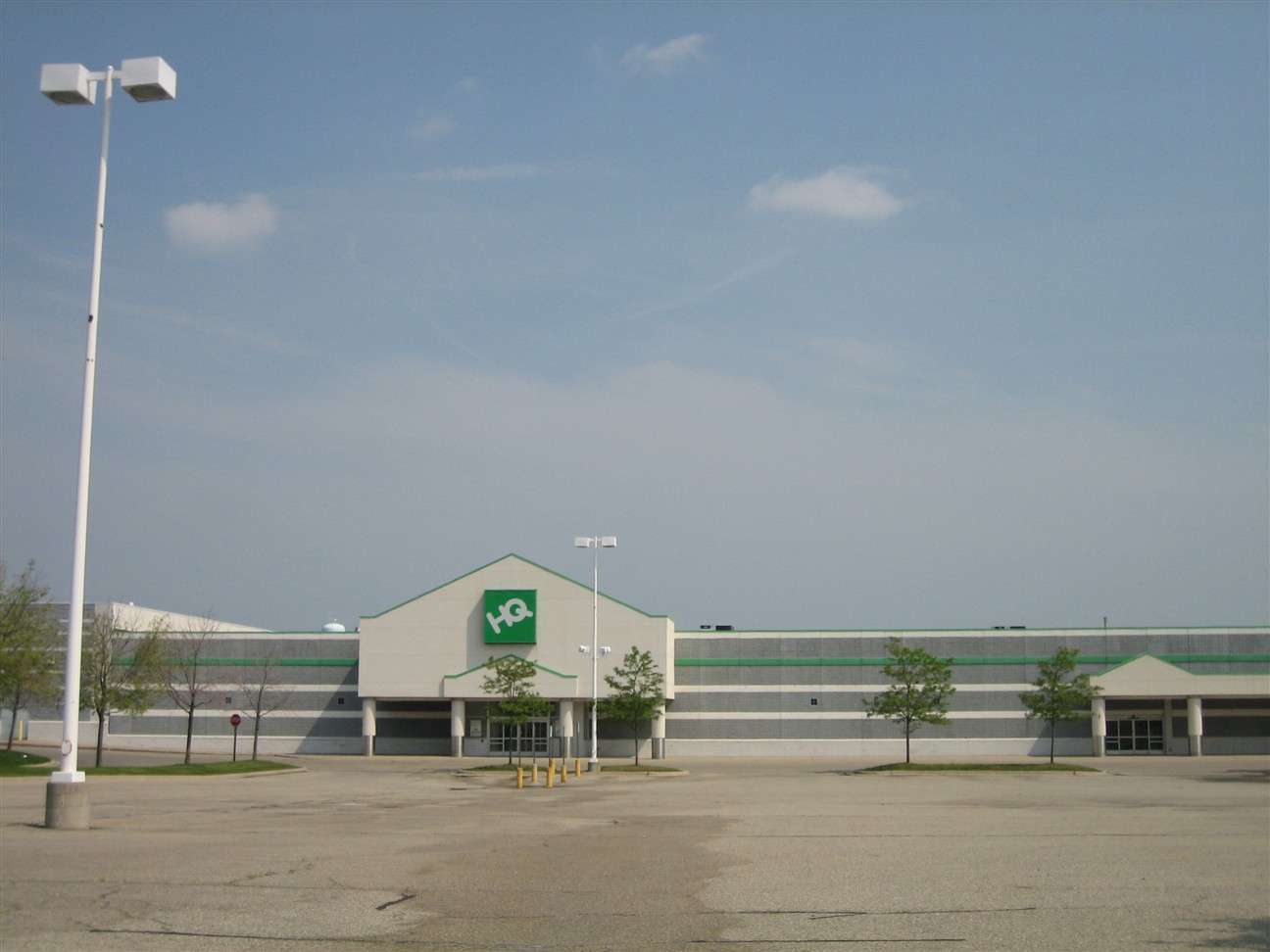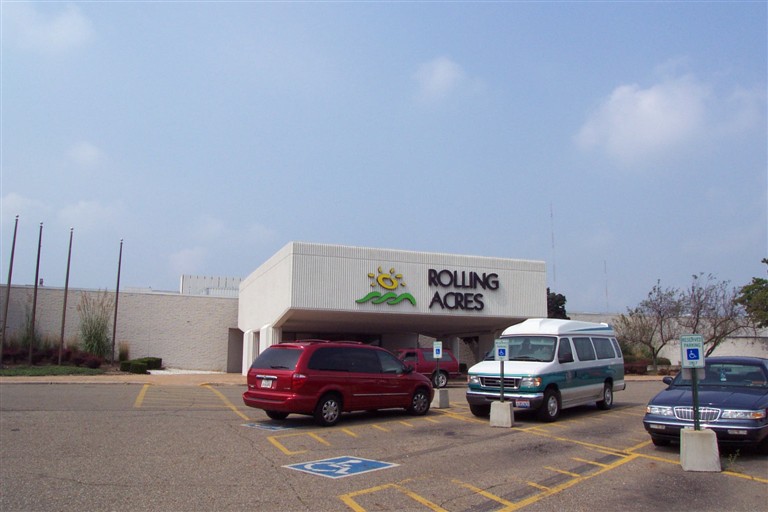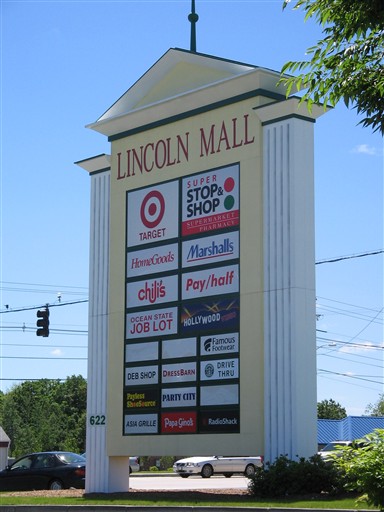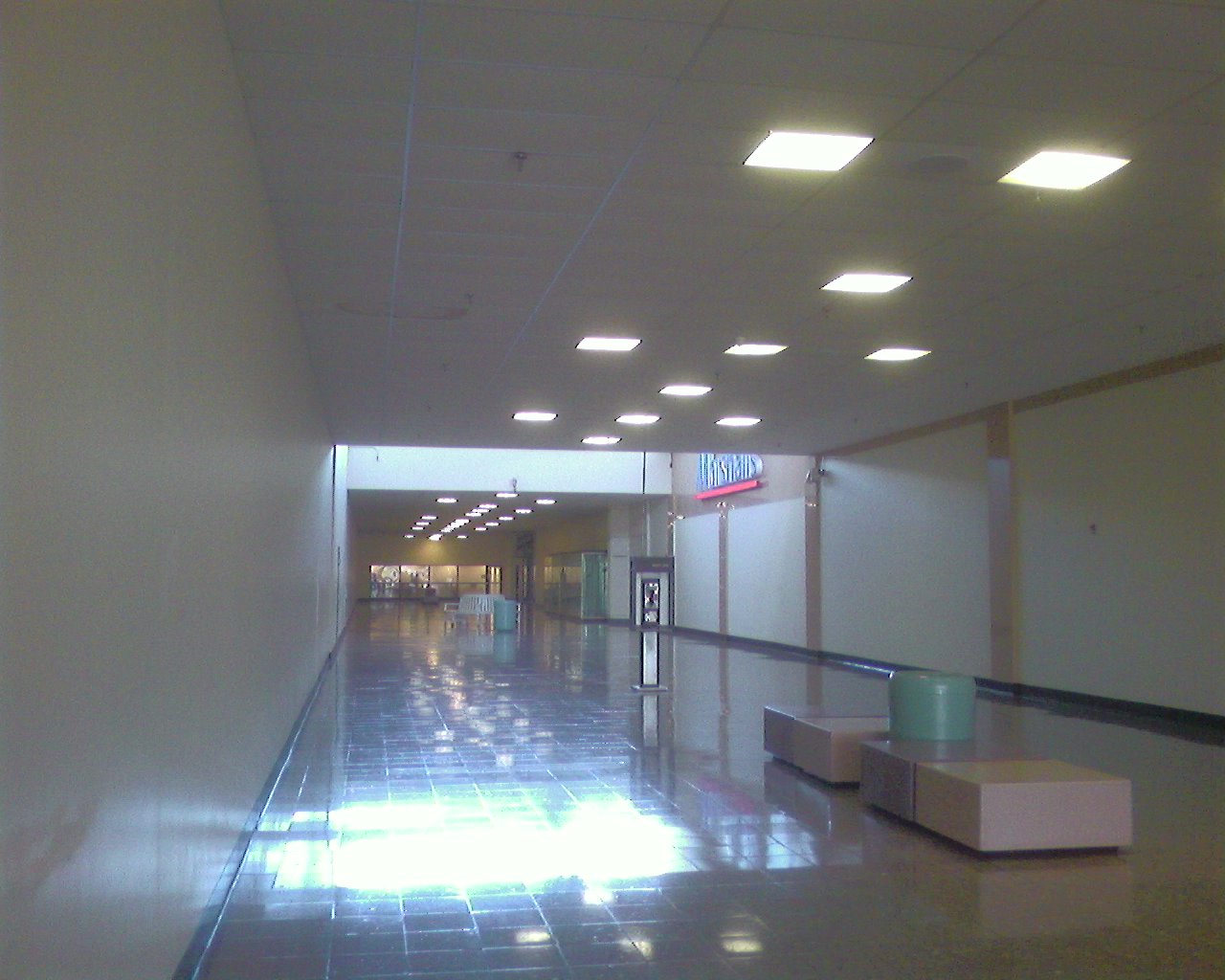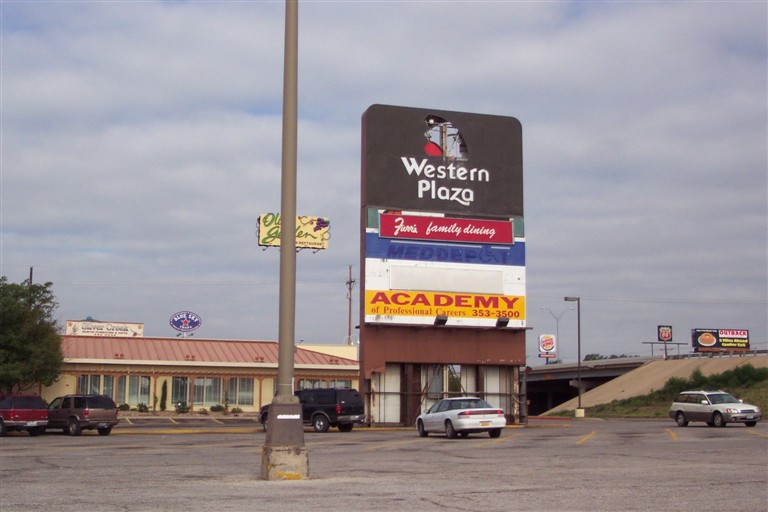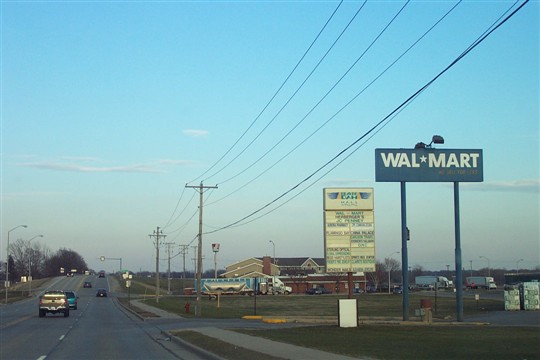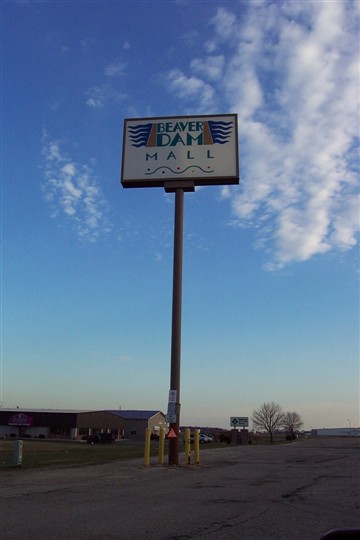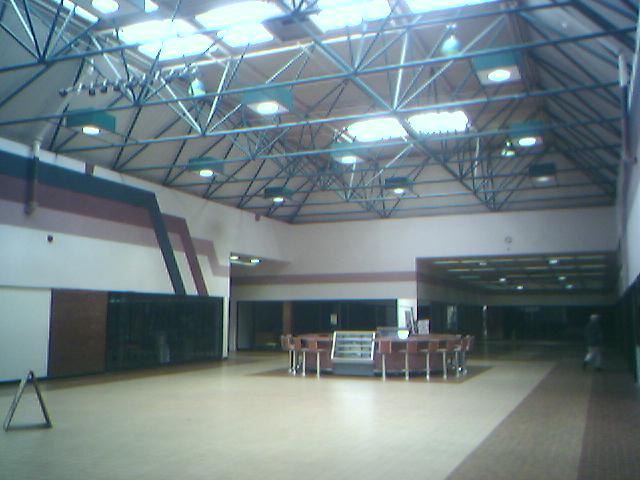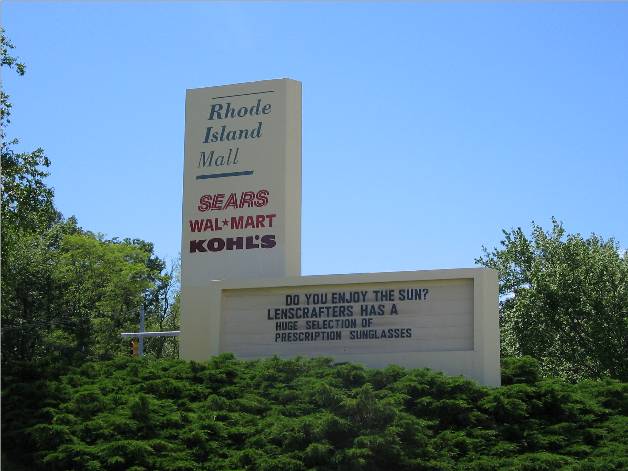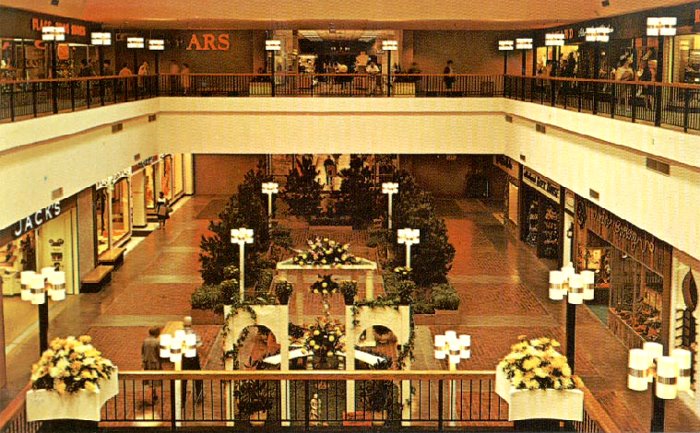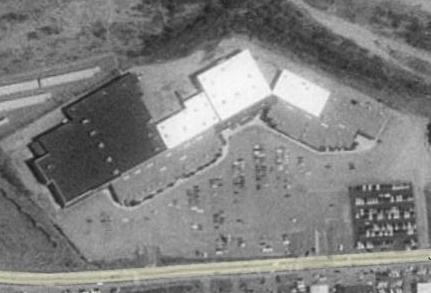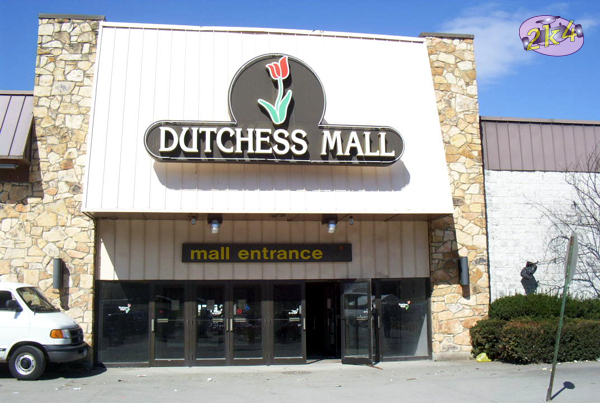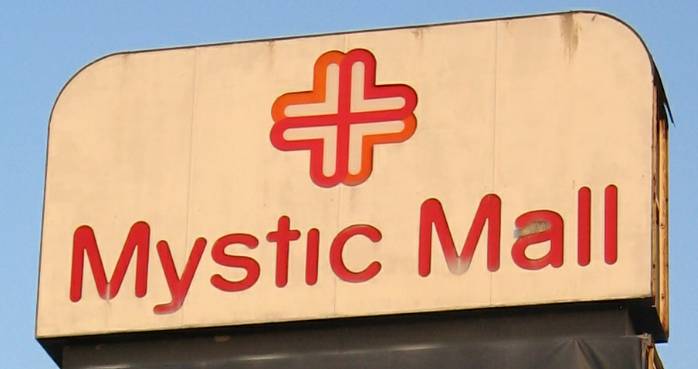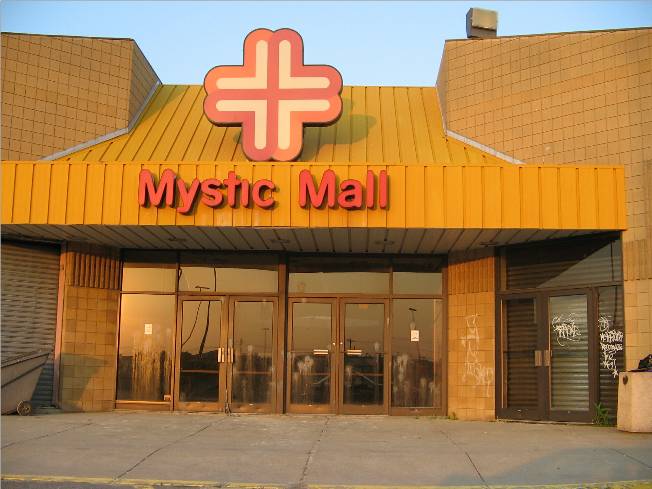Dear readers, I’m back from my extended weekend in the Detroit area. Why Detroit, you ask? Well, the area has always fascinated me beyond belief. The way the entire city is this fallow wasteland, seeming as though it is sleeping, like some sort of urban garden that hasn’t been watered in a while. Juxtapose that with the booming, successful suburbs, which is where most of the commerce in the metro Detroit area takes place, and it makes for an interesting exploration. Not to mention all the abandoned neighborhoods that have been converted to this eerie urban prairie of overgrown grasses, trees, and weeds. And the malls. Nearly all of the malls in the metro Detroit area have some interesting design features about them, whether they’re extremely dated, nearly dead, or remarkably amazing and successful. Not surprisingly, Summit Place Mall in northwest suburban Waterford is no exception.
Summit Place Mall opened in 1962 along Telegraph Road in the midst of Oakland County’s suburban boom. While the mall is technically located in Waterford Township, across Telegraph is the city of Pontiac. Oakland county’s most urban city, Pontiac is definitely separate from the suburban millieu that sprawls across much of Oakland County; it is its own city, and grew up not only because of Detroit but in tandem with it as well. It should also be mentioned here that Oakland County is the richest county in the state of Michigan, and aside from the Grosse Pointe areas along the shores of Lake St. Clair, it houses the cities with the highest per-capita income. Essentially, when everything (and everyone) left the city of Detroit, it came to places like Oakland County, leaving behind massive swaths of wasteland in Detroit, but concurrently building up a sprawling infrastructure of suburbia: Interstate highways, subdivisions, commercial and industrial parks, and shopping malls.
When Summit Place Mall opened, it was much smaller than it is today. It had two anchor stores: Hudson’s and Montgomery Ward, and a row of stores along an enclosed hallway between them. In 1973, a Sears was attached to the north end of the mall; however, the mall portion was not extended to Sears. Instead, Sears was essentially a standalone store tacked onto the north side of the mall. Eventually, developers realized the potential with this burgeoning, successful property and opened a JCPenney store behind Wards on the west side of the mall in 1988. Also during 1988, the mall was extended to JCPenney from Ward’s and again extended to the north to Sears, making it mall accessible for the first time after 15 years. By 1990, the mall added a Mainstreet (later and currently Kohl’s) store between Wards and Sears and a new food court was built to accomodate trends and the massive shopping crowds. A Service Merchandise was also added to the Hudson’s (Marshall Field’s) end of the mall. During the 1990s, this mall was the place to be. Several large strip malls were built on the outlots or just across from the mall, including a Sam’s Club, Target, HQ, Builders Square, Circuit City, major grocery, Sports Authority, and Best Buy, with space for even more.
The pinnacle of success was breached in about 1995, with the closure of HQ in the plaza on the north outlot of the mall. Shockingly, and as a testament to the mall’s dramatically fast failure, the HQ stands vacant and preserved today. However, the mall continued to prosper into the late 1990s until a deafening blow came with the opening of Great Lakes Crossing, a major, outlet/hybrid (think the Mills malls) enclosed mall in Auburn Hills, just a few miles away. The grocery store (Farmer Jack) and Sports Authority closed up shop, leaving more vacancies in the outlots. In 2001, the mall saw more changes and another blow as Montgomery Ward closed up shop. Also in 2001, Hudson’s was rebranded Marshall Fields, though the store essentially remained the same aside from the name change. Many national brand retailers left the mall for greener pastures (Great Lakes Crossing) and also stores in the outlots left as well. From the late 90s to the early 2000s, the mall’s vacancy rate jumped from 20% to 50%. The mall was sold.
Today, there are talks about what can be done with this giant center to make it profitable again. In her Oakland Press article, Lara Mossa wrote that in November of 2005 there were plans to demolish approximately half of the center and replace it with housing, making the mall a mixed-use development. She also reported that the new owner Namco also wanted to put a water park in the mall, but was unable to find the financing to do so. The article also reports the dramatically fast downturn of the mall. As recently as 1998, the mall employed 1800 people; today it employs 400. Other reports from more unofficial sources have heard rumors that the entire mall will be torn down for a condo development.
The decor of Summit Place is also interesting. Since many stores abruptly left since the late 1990s, many storefronts which are vacant are quite dated. Some vacant storefronts have ads for other stores in the mall, notably for Marshall Field’s. A large child’s play area sits on the concourse with the most stores, the original concourse between Marshall Field’s and dead Montgomery Ward. Between Montgomery Ward and Sears the stores are sparse, and all the way down by the Kohl’s wing there is almost no activity whatsoever. The food court has one lone pretzel vendor. Between Montgomery Ward and Sears there is also a very strange display of plastic trees and stuffed animals that is almost disturbing.
What will become of Summit Place Mall? Only time will tell, but one thing is certain: the 1.5 million square foot center is far too large for its current demand. However sad the mall is, though, people still continue to shop there. The Marshall Field’s is slated to become a Macy’s in mid-2006 and will not close, at least right away. The Sears and Kohl’s at the mall do fine for themselves, it’s just the two dozen or so remaining tenants in the mall that are problematic. If anyone has any more info, contributions are always welcome. Pictures taken by me, July 2006.
2009 UPDATE: After protracted suffering, Summit Place Mall officially closed in September 2009.
